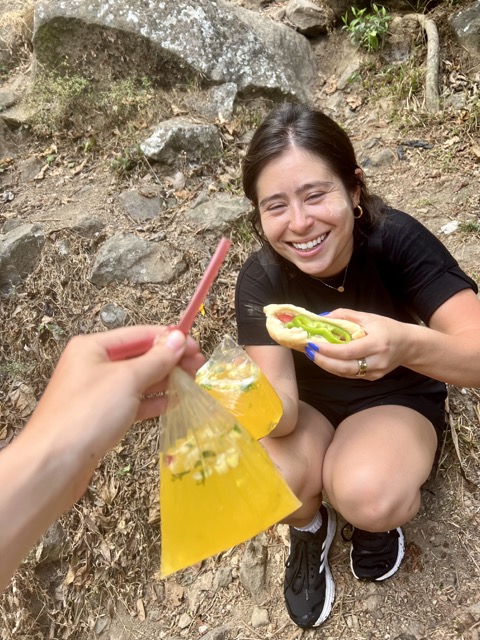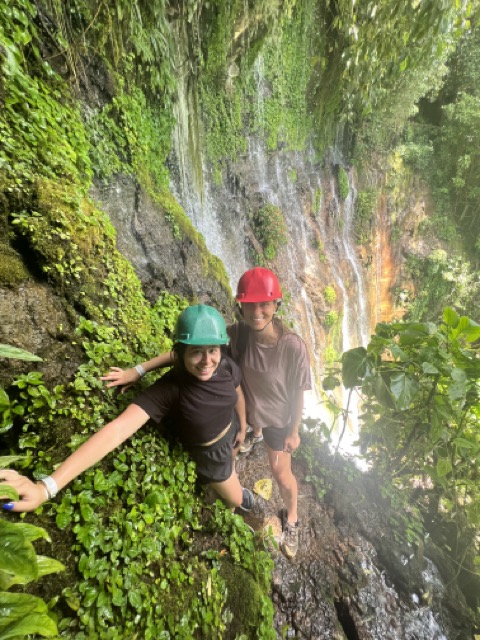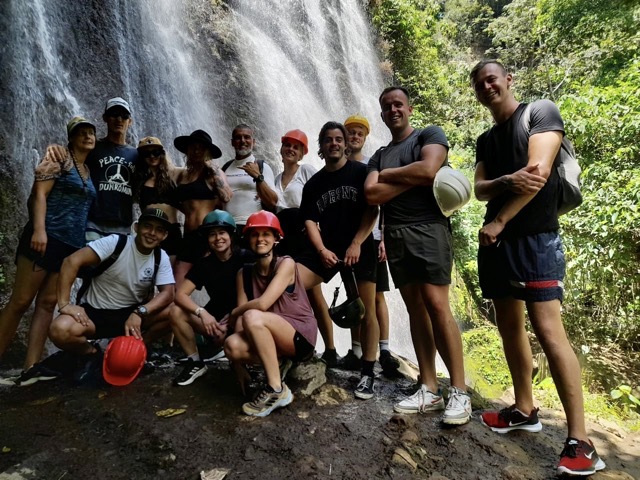My original intro to this post stated, “In a country that shouldn’t be missed, this is an experience that shouldn’t be missed”. But the longer I have traveled the more my mindset has shifted with this philosophy. There’s really no right or wrong when it comes to making or following an itinerary. Travel slow, travel fast, do what you can do, see what you want to see. I often remind myself not to stress about ticking items off of a checklist because I can always return, while simultaneously telling myself to spend the extra time and money because the chances of returning anytime soon are slim. Ultimately, especially as a solo traveler, luck plays a significant role in your experience – weather, circumstance, and especially the people you meet are for the majority left up to chance. So bring your optimism, a positive attitude, and don’t stress, as much of the journey lies beyond your control anyways. The magic occurs outside of an itinerary and memories are born when the stars align, if you will.
A roundabout way of getting to my point – El Salvador can easily be spent at the beach with world class surf breaks. If the waves are good, and your body hasn’t fallen apart yet, by all means stay at the beach. But if there is one cultural activity I can wholeheartedly suggest some time in the towns amongst the Ruta de las Flores (Route of the Flowers). Make it a quick day trip or better yet spend a few nights if you have the flexibility. This region is comprised of small towns, coffee plantations, lush green landscapes, cascading waterfalls, and yes, even the occasional blooming flower, all connected by a 20 mile road. It’s an authentic and affordable escape from the coastal heat and humidity, offering a glimpse of real life El Salvador.
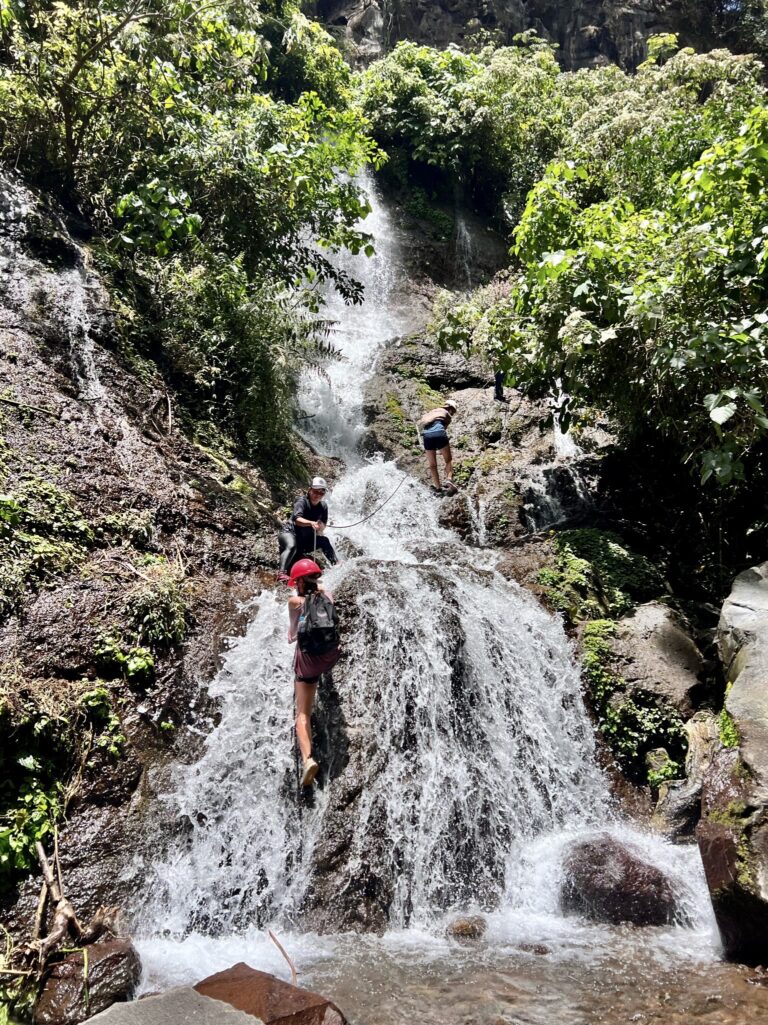
When To Visit
As with most seasonal destinations highlighting a natural element, there is a season in which “the route of the flowers” is in bloom. Technically the season should be between November and April, at least according to ChatGPT, with most flowers blooming between January and February. I visited in March, there weren’t many flowers, but the weather was comfortable, warm during the day and cool at night, and it was beautiful nonetheless.
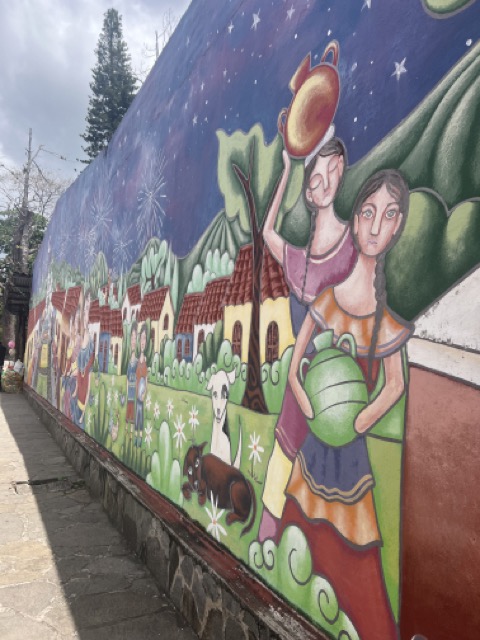

Transportation
Uber or Taxi: It’s possible to call an Uber from the airport, Santa Ana, El Tunco, and San Salvador. It will be a bit cheaper than taking a taxi but hit or miss with the availability, especially in less populated areas. We found it almost impossible to call one from the smaller towns such as Juayúa, but our hotel gave us the phone number of a driver and that worked out well
Bus: Taking the bus between just about any city or larger town in El Salvador is possible, affordable, but many times involves a few transfers. It’s not always time efficient and can get a bit crowded. The fair was 50 cents each ride between the towns (Bus 249). They system is easy as it’s more or less one main road which runs obviously in two directions and the last bus runs around 6/7pm depending who you ask. People are happy to help confirm you’re getting on the right bus, the hardest part honestly is pronouncing the name of the town. It also helps to have a map downloaded so you can see how far you are from your stop
Rent a Car: For those seeking independence without having to rely on a bus. Just be careful if you’re going off road as I’ve heard of many instances where people ended up at the mechanic. If going when the flowers are in bloom, a car is a good idea so you can stop along the way to admire the flowers and take photos
Rent a Scooter: Another popular option is to rent a sctooter. They can be rented in Santa Ana for sure, and I believe El Zonte as well. The main road is well paved and easy to navigate but getting to some off road waterfalls can be a different story. Apparently easy to use, but the ones I’ve seen are pretty large if that’s something you’re concerned about
Overall: Juayua is about an hour and a half from Santa Ana. It’s also possible to take chicken buses or a shuttle from the Guatemala border since it’s relatively close.
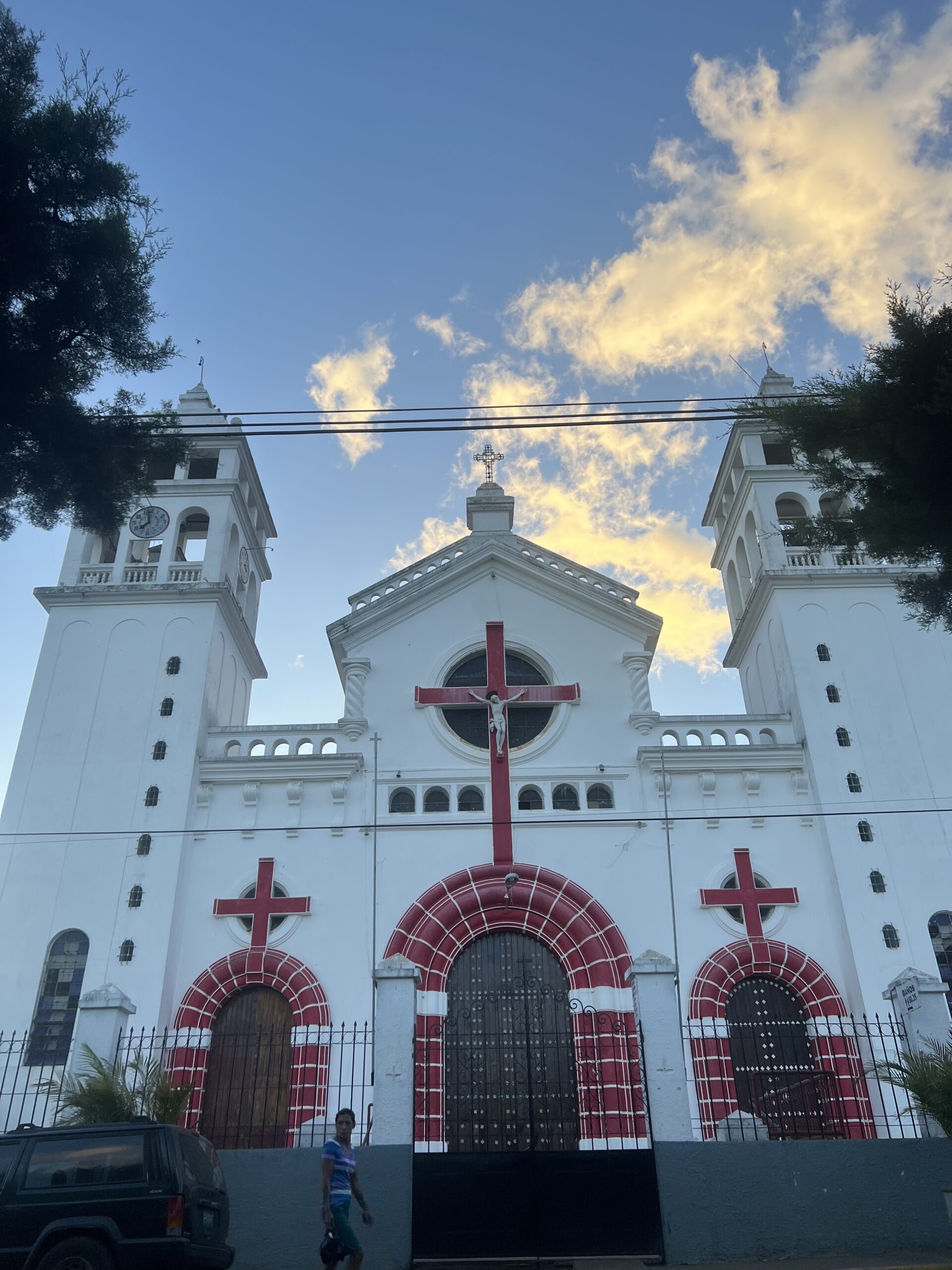
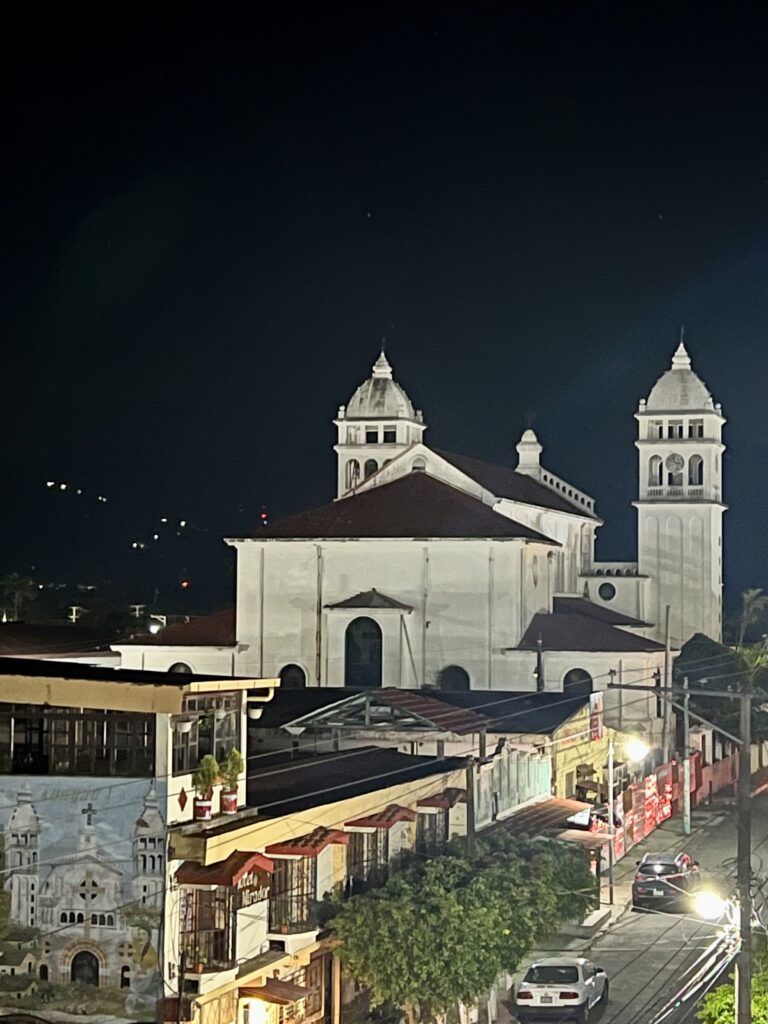
Overview of the Towns
Language can be very telling – pun intended. It’s called the route of the flowers. Not the road of the flowers. In Spanish, there are a few ways you can say road: calle, camino, carretera and so on. But ruta, just like it sounds in English is a route. And although we also use route as a name of a highway, the definition of the word, in both English and Spanish is innately more “all encompassing”. It’s not the start, or the end, or the means of transportation but the journey with implied movement. It’s the towns, the people, the nature, the food, which are in fact connected by a road … and in this case, flowers.
You’ll read in other blogs that each of the towns have their own personality and none should be missed. I’m not so sure I agree. It’s really a personal preference I’d say, but don’t feel guilty for spending more or less time in the towns that interest you. They are all a bit different, that’s true, but I’d say some are definitely more “worth it” than others in regards to tourism, depending on your interests of course.
You’ll notice the names of the towns aren’t usually Spanish derived but from the language of the indigenous Nahuatl people. Do your best with the pronunciation and smile and the people will laugh with you and hopefully not at you.
Salcoatitán: The town known for coffee. There isn’t a whole lot to do outside of this.
Nahuizalco: Go for the night market. It’s a market with produce, prepared-food carts, and food stalls. Follow the locals and eat where they eat. This is how we found our favorite pupusa food stall. They give you a paper where you check the type of dough you want (corn, rice, or yuca) and the fillings. The yuca dough was my favorite.
Juayúa: Laying in the middle town of the route, this is where I stayed. A great place to base yourself out of as it is charming, local, a weekend food festival, and it’s the starting point for the 7 waterfalls hike, while being convenient to visit the other towns. It’s easy enough to take the bus either north or south and the people were so genuinely nice. It is famous for its weekend food festval called Feria Gastronómica.
Apaneca: Famous for it’s activities. This is where you’ll find the giant hedge maze/labyrinth and zip lining. Laguna Verde and Laguna de las Ninfas are two hikes that are also in the area.
Concepción de Ataco: Colorful murals lining cobble stone streets with vendors. If looking for a souvenir, this could be your place. I won’t lie, I liked the town and watching local life go by, but the trinkets being sold aren’t really my taste. There are a few cute restaurants and hostels in this town as well.
Ahuachapán (debatably a town involved in the Ruta de las Flores as it’s technically a region, don’t quote me): The largest and busiest of the towns. This was our first stop on the bus after checking into our hotel in Juayúa. Since it’s relatively urban, we didn’t find a whole lot to do there and it wasn’t particularly pretty. There are some hot springs and coffee farms in the surrounding area.
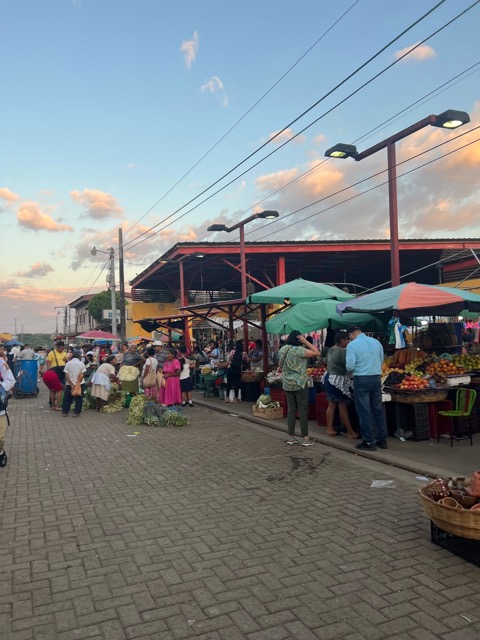

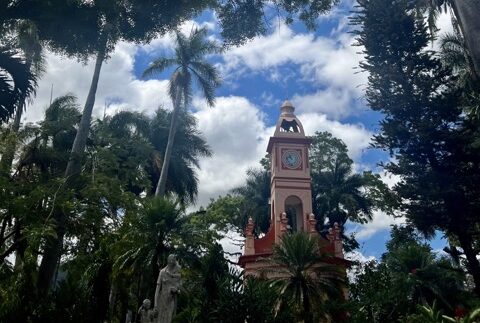
Where To Stay
Juayúa: centrally located, pleasant, with a small town vibe. I stayed at Bourbon Hotel with a friend. It’s located 5 minutes from the main plaza and across the street from the bus station. It has a nice rooftop with breakfast included, and the KINDEST staff. It’s a true hotel at a hostel price.
Nahuizalco: if I wasn’t staying in Juayúa, I’d also consider staying here. The night market is a must see and it’s a very local town. The only negative is the main bus stop is a bit of a walk away from the actual town. I believe during the day though, there is another bus that brings you to the center. We took a taxi at night after the buses stopped running to Juayúa for ~$10.
Airbnb: There are a few absolutely beautiful airbnbs in the area. It’s a great option if traveling in a group and if you plan on having a car.
What To Eat
Pupusas: a staple. I preferred the pupusas in the Ruta de las Flores over the coast because they were thinner and crispier, my favorite being in Nahuizalco at the night market.
Yuca: pictured below from the Nahuizalco night market as well. They make Yuca into a mashed potato consistency, add sauces and/or meat to your liking. Yuca, or Yuca Frita, can also come fried as well.
Vegetarian Plates: if ever having a problem finding a vegetarian dish on a menu, ask the waiter. They typically can make a really nice plate of different vegetarian friendly sides.
Tamales: corn dough filled with meat vegetables and cheese.
Atol de Elote: a traditional corn drink make with milk, sugar, and spices like cinnamon and nutmeg.
Fruit: For $1 you can buy a bag of cut up watermelon or mango.
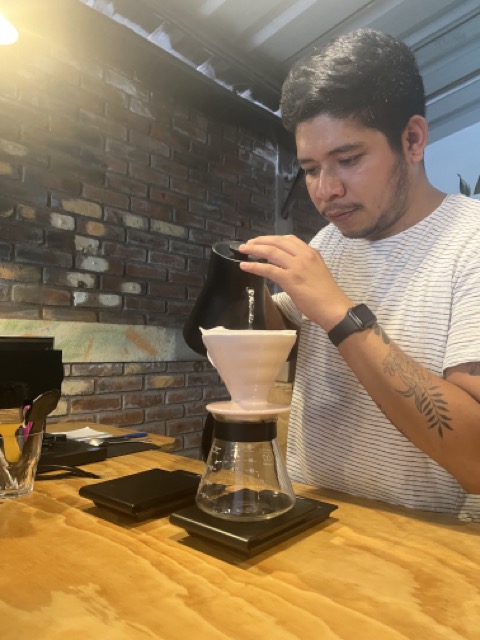
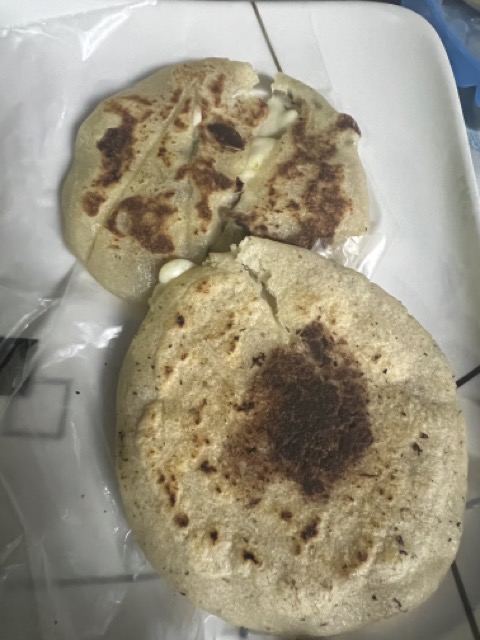

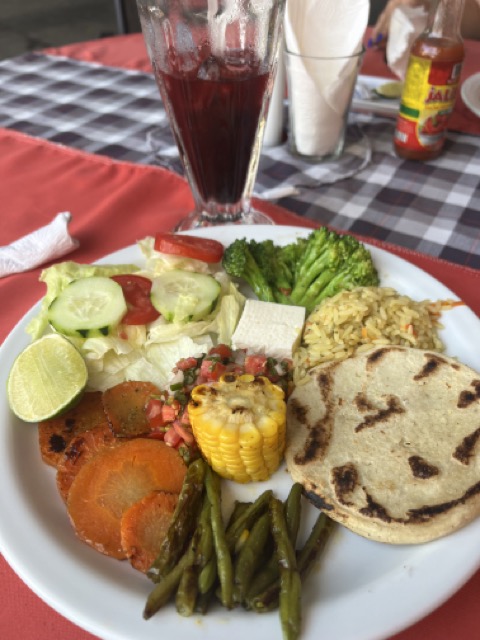
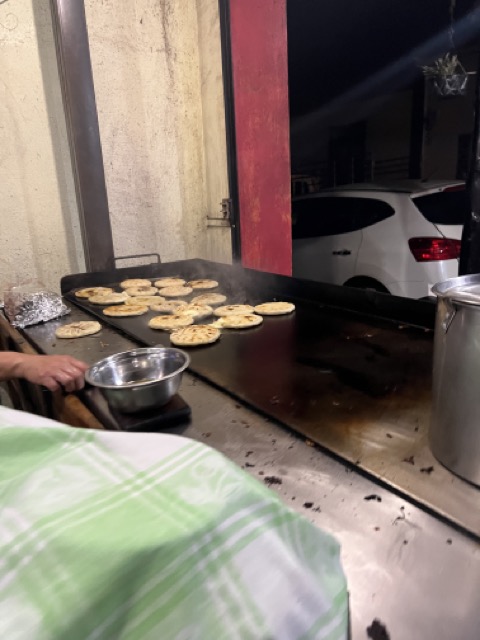
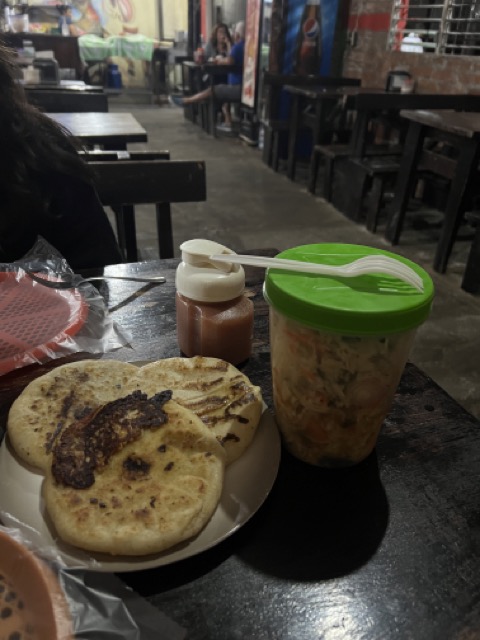
What To Do
Explore the Towns: take your preferred mode of transportation from one town to the next. As with most Latin American towns, you’ll typically find a plaza and a church at the center if in doubt of where to begin.
7 Waterfalls Tour: On the outskirts of Juayúa is a tour through the jungle and waterfalls. It’s a fast paced tour and bit adrenalin provoking as it involves repelling, without a harness. It includes a lunch as well, and transportation to and from the beach (for extra cost) if you’re not staying in one of the towns. The tour from town is about 6 hours and costs $15-20. There are other waterfall hikes as well, and some that you can visit on your own which will allow you more time to swim and leisurely enjoy. Los Chorros de la Calera is a 20 minutes walk from town and the last of the Seven Waterfalls. It can be visited without a tour.
Coffee Tour: Visit a coffee farm, or taste it at a cafe in town. I highly recommend visiting Bloom Coffee in Juayúa. El Carmen Coffee Farm is a popular choice. For sampling coffee, visit Bloom in Juayúa or Gecko Cafe in Ataco.
Hot Springs: There are a few in the area ranging from curated tourist attraction to naturally occurring.
Festivals: Food festivals take place every weekend in Juayúa and every night in Nahuizalco. There are also some cultural festivals throughout the year.

